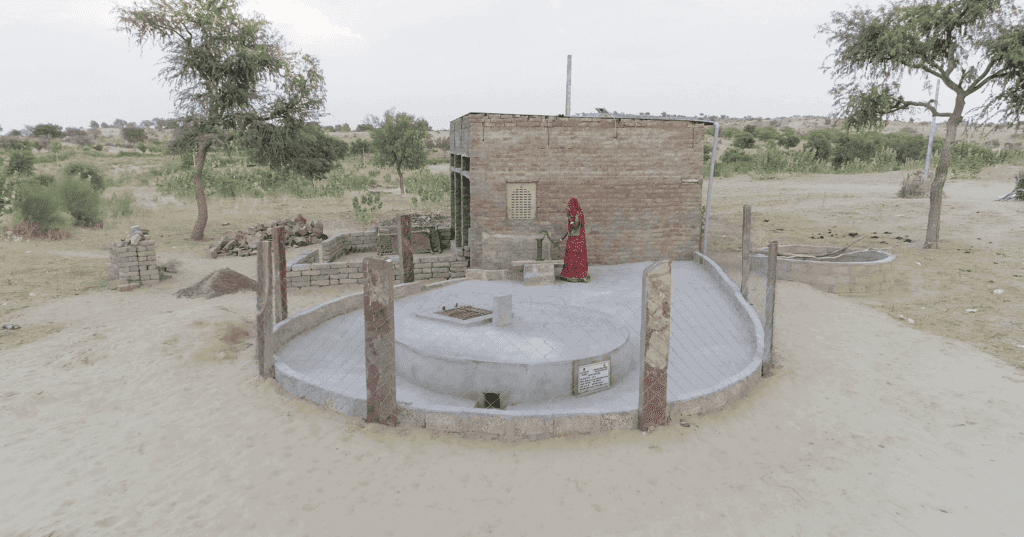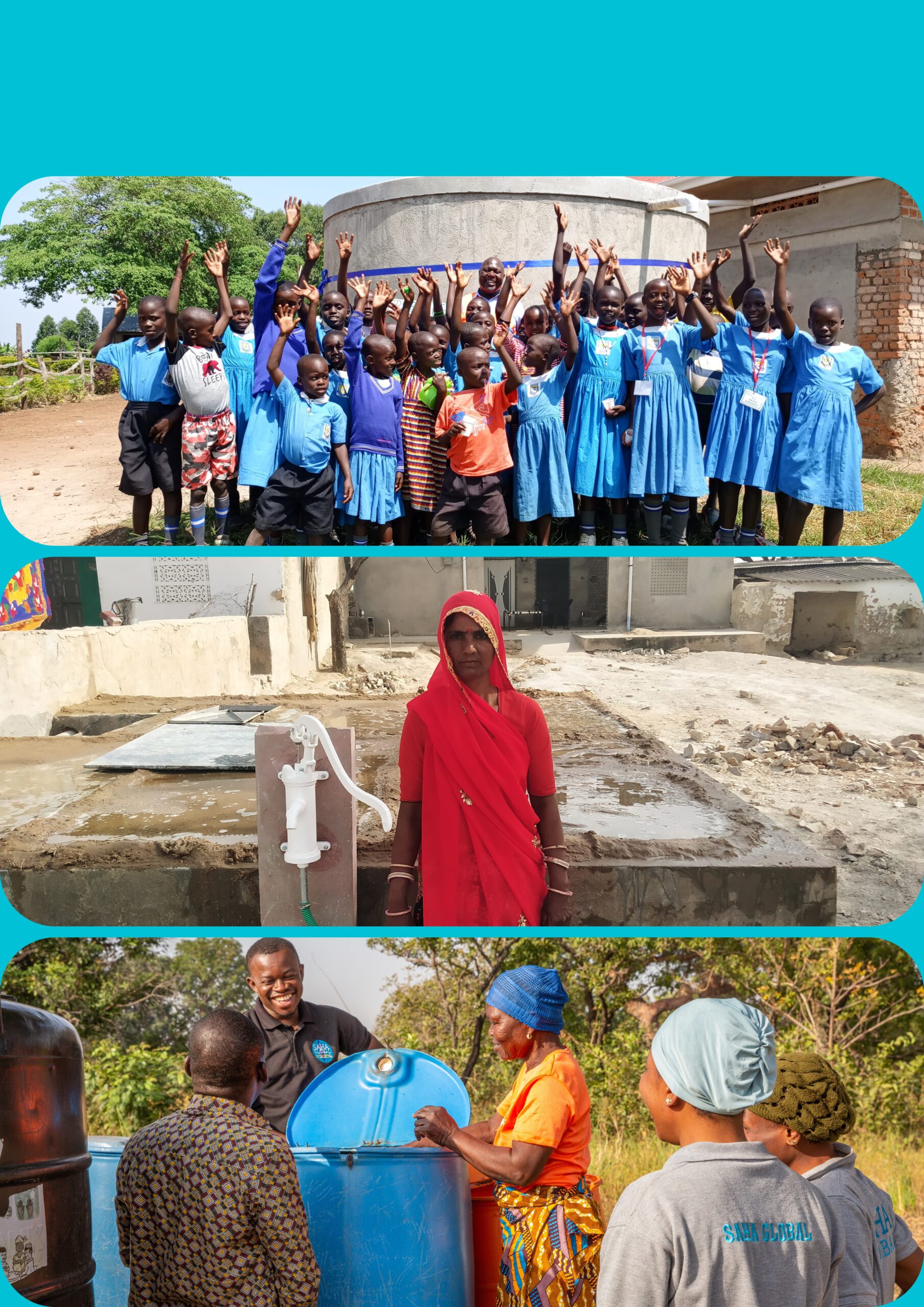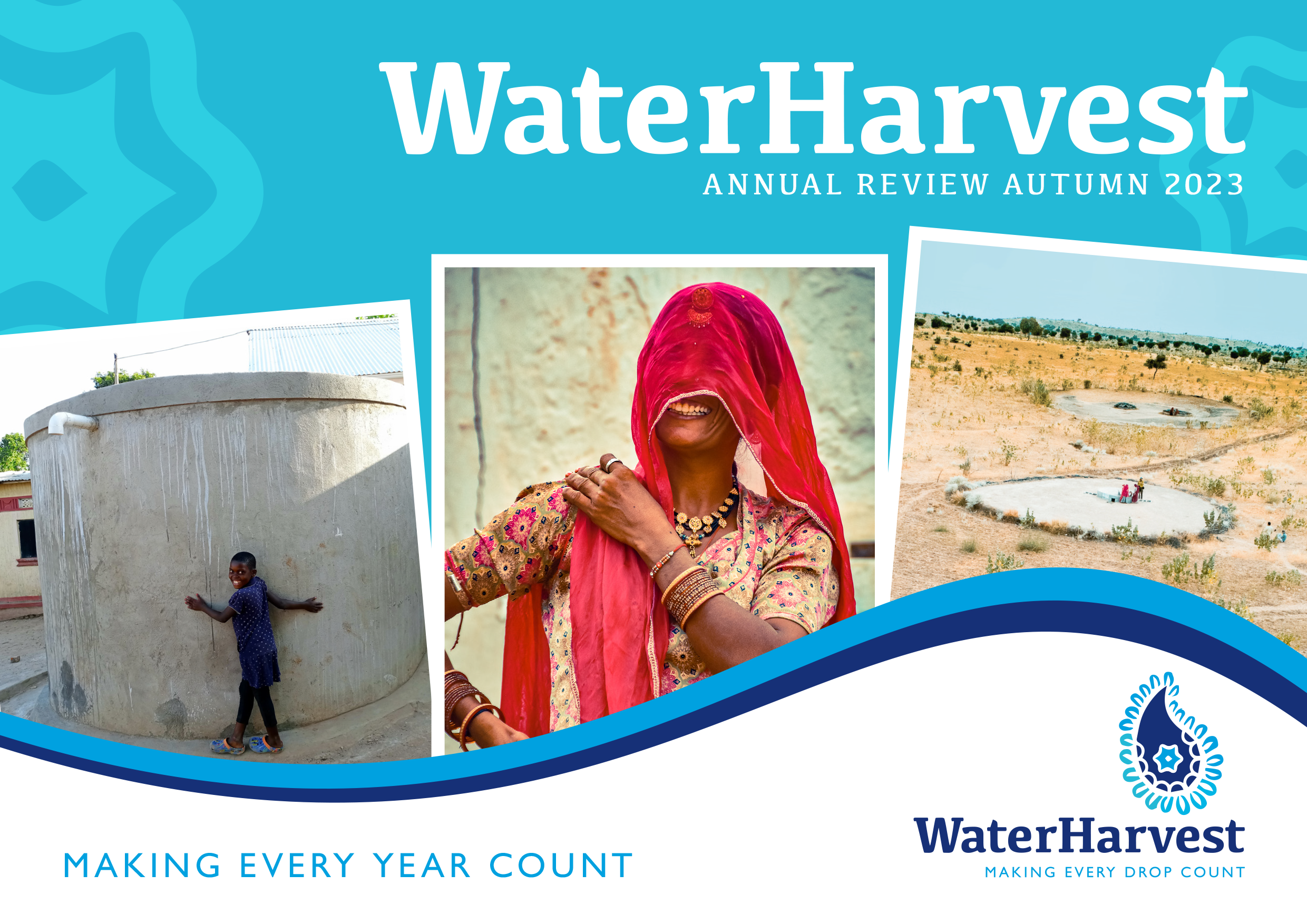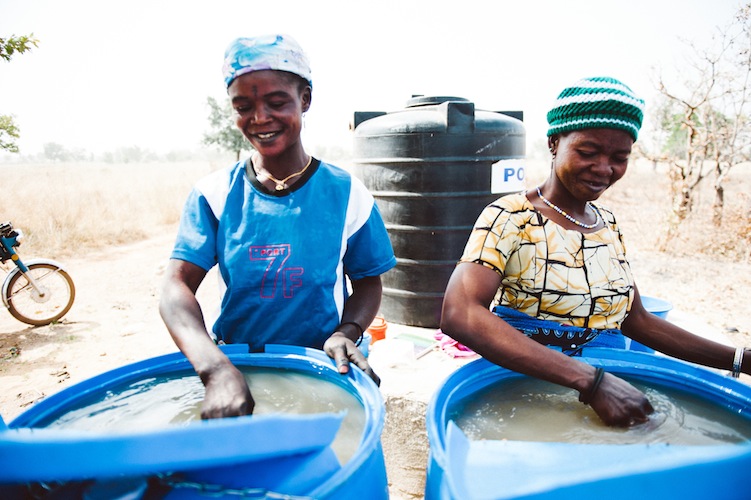Two schools and 169 households will have clean water at this difficult time.
Please note this blog was originally posted on 9th April 2020.
Despite our programmes being paused on March 24th, during this financial year we have built 111 taankas, 58 roof rainwater harvestings structures for households and two roof rainwater harvesting structures for schools. This means that just over a thousand people have access to clean drinking water at home as a result of our programmes. Given the unprecedented times we are now in, we take comfort in these numbers. This crisis has further highlighted the need for the work WaterHarvest does – and has been doing for so many years. We are very keen to start our work again as soon as we can.

WaterHarvesting structures in the Thar Desert, Rajasthan
We have built 111 taankas this financial year benefitting 666 people. These taankas are for families in the Thar desert. The taankas collect the monsoon rains and store them for the year ahead. One taanka typically holds around 20,000 litres of water. With an average family size of six people, this equate to just over nine litres of water a day. Used sparingly, this is enough for drinking and cooking. We build these taankas with our partner organisations in the Thar desert. The families contribute, typically in the form of labour. These taankas save the families, particularly, the women and the girls from the everyday drudgery of fetching water. Furthermore, the water from other sources is often unreliable and potentially contaminated. The communities where these taankas have been built have also received hygiene training.

Roof rainwater harvesting structures
This year, we have built 58 roof rainwater harvesting structures. Roof rainwater harvesting structures enable the rainwater that falls on the roofs of people’s houses to be collected into a tank. Once the rainfall falls on a roof with a gentle slope, it passes into a pipe and is directed through to the storage tanks. The pipework includes provisions for filtering out larger debris, grains of sand and other contaminants. Since the water that is collecting is generally free from soil pollution, it can be used for drinking after passing through the filter. Much like the taankas, these roof rainwater harvesting tanks typically hold around 20,000 litres which is sufficient for a family of six people to last throughout the year.
Roof rainwater harvesting structures for schools
During this year, we have also built two roof rainwater harvesting tanks for schools. These are similar to the household roof rainwater harvesting structures, just larger. Many schools do not have access to clean drinking water. As a result, children have to bring their own water or go without. Significant levels of dehydration affect children’s development whereas even marginal levels of dehydration can impact their concentration. Having drinking water at school increases attendance and achievement.
A quiet quarter
Whilst we are losing out on work normally done in April and May, the hot summer months are always quiet quarters for us with little work planned. The hot temperatures and the heavy rains make construction work very tough and often roads become impassable during the monsoon. As a result, the impact to our clean drinking water programmes should not be too significant. The irrigation programmes will be affected more. However, we hope to be able to catch up on missed activities later in the year.
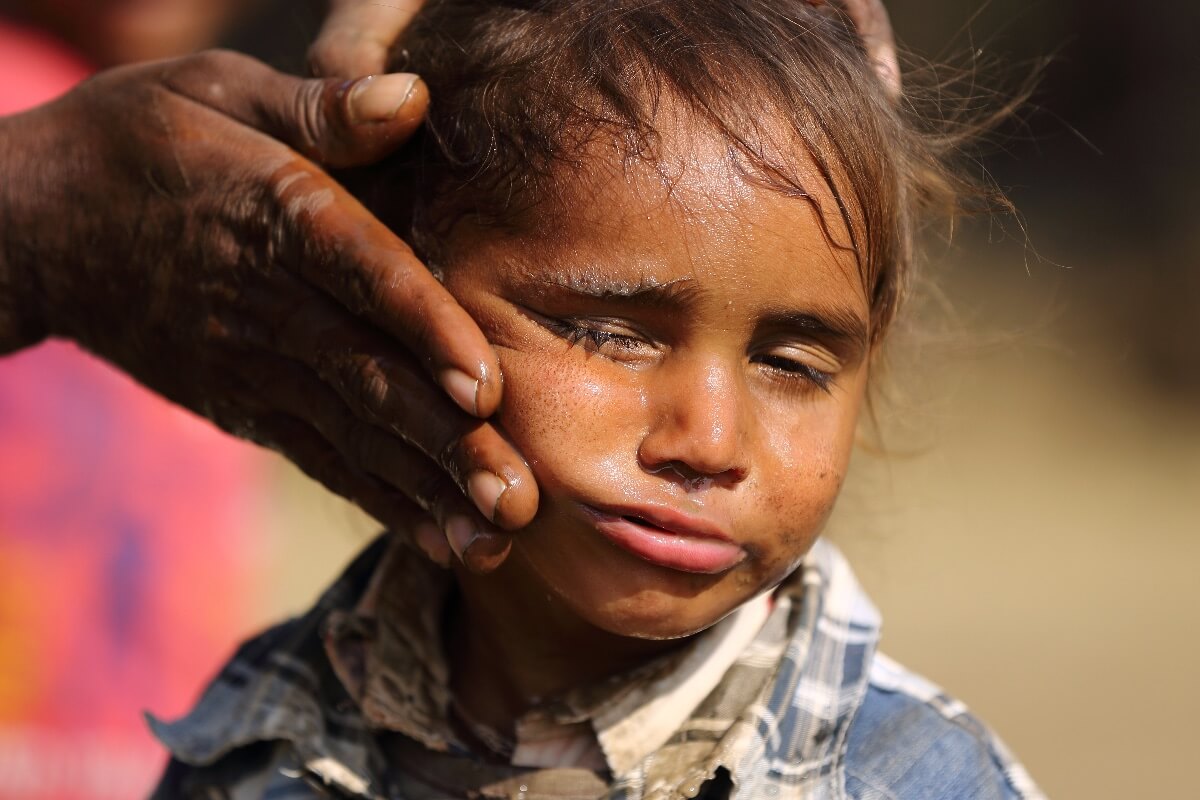
Let’s help more people
When India comes out of this, our work will be more vital than ever and we are committed to surviving this and ramping up our programmes towards the end of the year. As we reiterated in our earlier statement, we will stand by our field workers and partners throughout this. We thank you for your support at this very difficult time. We look forward to helping more families like that of Sahog’s.

